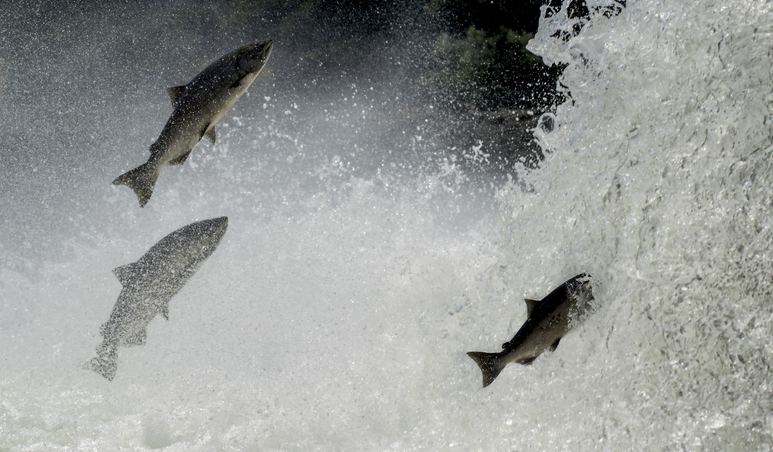Key Findings
- Federal agencies are currently deciding which strategy would best promote salmonid populations along the Lewis River in southwest Washington state.
- Policymakers often call for following the science, but the science is almost always incomplete, which requires consideration of the perspectives and risk tolerances of the parties involved in environmental decisions.
- For the federal service agencies, the salmon-protection decision will take into account more than just science and predictive modeling.
- Studies found that, along with significantly lower cost, the Full In-Lieu option would yield the largest salmonid populations in the Lewis River.
- If, however, funding does not provide the predicted amount of habitat, fish population projections may fall short of goals.
- Science provides guidance on environmental questions but on its own, scientific modeling cannot indicate the best policy option.
- The federal services should be clear about the underlying risk tolerance they are accepting and explain how they considered overall costs and environmental benefits in making their decision.
Introduction
When policymakers and government agencies make decisions about salmon recovery, or other environmental issues, science is frequently the touchstone they cite as the deciding factor in choosing a policy. This is appealing for several reasons.
First, it seems like an objective standard that puts results ahead of politics. Second, it absolves policymakers of responsibility for choosing between constituent groups and dealing with backlash from those unhappy with decisions. “I followed the science,” they can say. Finally, citing “science” as the justification helps mask more self-serving motives.
Science, however, is almost always incomplete and the vacuum left by uncertainty is filled by the unique perspective and risk tolerance of the parties involved in environmental decisions. The debate about fish passage and recovery at the dams on Lewis River in Southwest Washington offers a case study of how appeals to science can hide differences that have more to do with differing goals and who has skin in the game than objective science.




